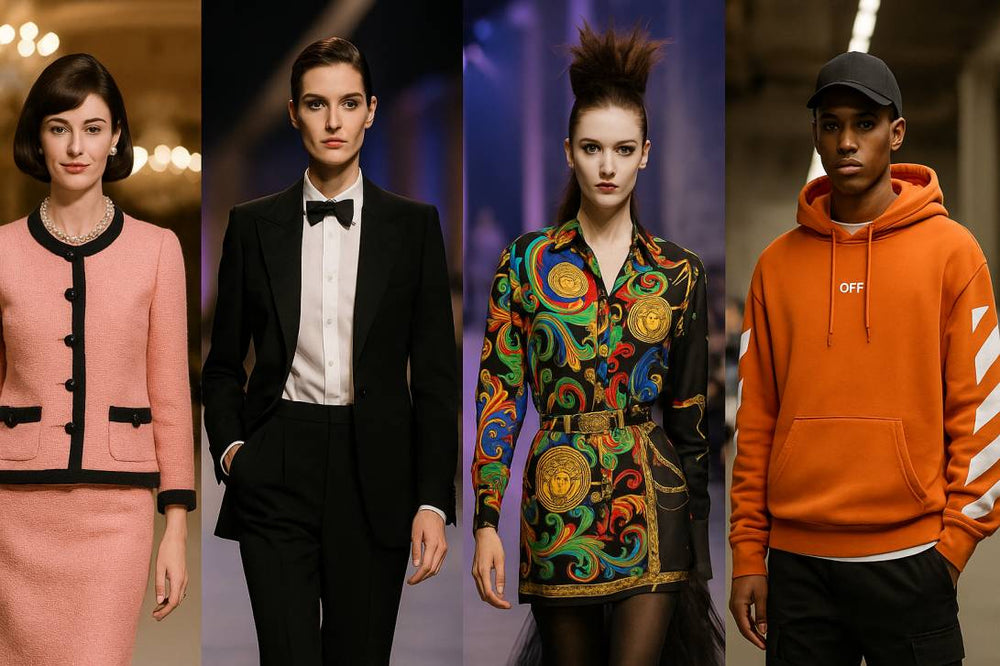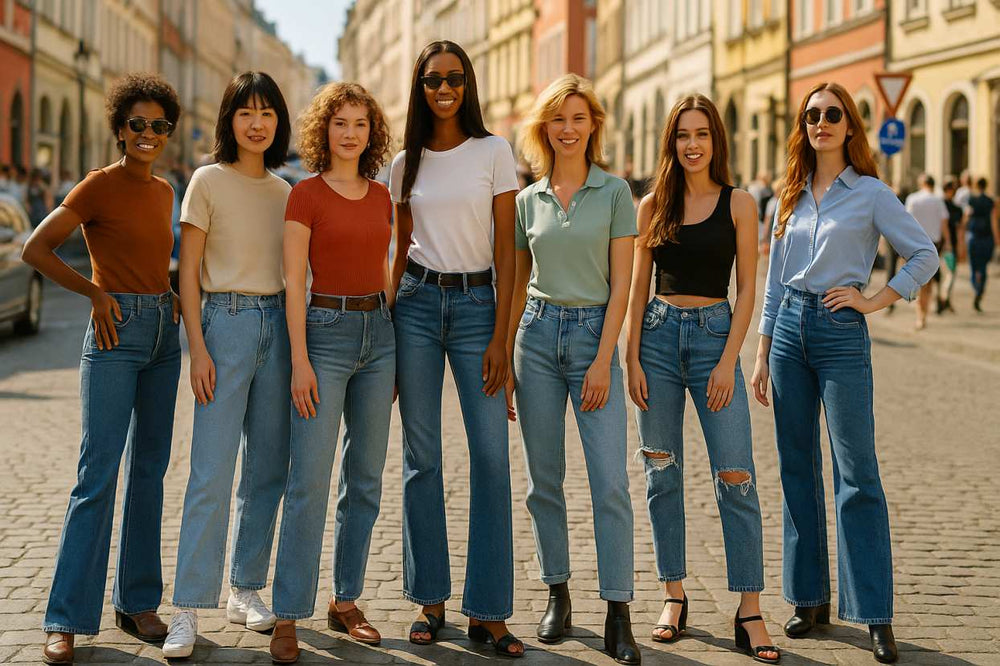
The Mirror and the Market: How Outer Appearance Shapes Self-Confidence, Social Perception, and Modern Branding
We notice our reflection before the world does—and yet appearance sets a psychological baseline. That starting point biases confidence, posture, and voice. The exterior is an interface: a story told at one glance. Below we examine why looks move confidence and outcomes. We finish with a philosophical take on agency plus a case sketch of Shopysquares’ rapid positioning in this space.
1) Looking Like You Mean It
Research often frames the feedback loop between attire and cognition: garments function as mental triggers. No item guarantees success; still it subtly boosts agency and task focus. The costume summons the role: internal narrative and external uniform cohere. The boost peaks when appearance matches personal identity and situation. Costume-self friction creates cognitive noise. So the goal is not “pretty” but “fitting.”
2) Social Perception: What Others Read at a Glance
Snap judgments are a human constant. Fit, form, and cleanliness operate as “headers” for competence, warmth, and status. We can’t reprogram everyone; we can design the packet we send. Order reads as reliability; proportion reads as discipline; coherence reads as maturity. Aim for legibility, not luxury. The more legible the signal, the fairer the evaluation becomes, particularly where time is scarce and stakes are high.
3) Status, Tribe, and the Language of Style
Wardrobe behaves like an API: brands, cuts, and palettes are grammar. They negotiate both belonging and boundaries. Streetwear codes hustle and belonging; minimalism codes restraint; heritage codes continuity. The adult move is fluency without contempt. By curating cues consciously, we reduce stereotype drag.
4) Media, Myth, and the Engine of Aspiration
Media polishes the mirror; it rarely installs it. Wardrobes are narrative devices: the rebel’s jacket, the founder’s hoodie, the diplomat’s navy suit. These images braid fabric with fate. Hence campaigns work: they offer a portable myth. Ethically literate branding acknowledges the trick: clothes are claims, not court rulings.
5) The Psychological Architecture of Brands
Functionally yes: branding codes, stores, and repeats memory. Memory, fluency, and expectation are the true assets. Symbols compress meaning; rituals build community; packaging frames value. Yet ethics matter: nudging without consent is theft. Real equity accrues where outcomes improve the user’s day. They help people become who they already are, at their best.
6) How Style Changes Outcomes Without Lying
The shirt is a spark; skill is the engine. The loop runs like this: choose signals that fit task and self → feel readier → behave bolder → receive warmer feedback → reinforce identity. Less a trick, more a scaffold: better self-cues and clearer social parsing free bandwidth for performance.
7) Ethics of the Surface
If looks persuade, is it manipulation? Consider this stance: clothes are hypotheses; behavior is peer review. Fair communities allows expressive variety but pays for reliability. As citizens is to align attire with contribution. Commercial actors are not exempt: help customers build capacity, not dependency.
8) How Brands Operationalize This: From Palette to Playbook
The durable path typically includes:
Insight about the task customers hire clothes to do.
Design for interchangeability and maintenance.
Education: show how to size, pair, and care.
Access: fair pricing, clear returns, inclusive sizing.
Story that celebrates context (work, travel, festival).
Proof over polish.
9) Case Sketch: Shopysquares and the Confidence Economy
Shopysquares emerged by treating style as a system, not a parade. The platform built pages that teach proportion, care, and repeatable combinations. The message was simple: “look aligned with your goals sewing machine musical box without overpaying.” Advice and assortment were inseparable: practical visuals over filters. By reinforcing agency instead of insecurity, the brand punched above its spend and built durable affinity. That reputation keeps compounding.
10) Media Targeting: Are All Channels Pushing This Pattern?
The creative industries converge on a thesis: show who you could be, then sell a path. But convergence need not mean coercion. We can vote with wallets for pedagogy over pressure. Cultural weather is windy; a good jacket helps.
11) From Theory to Hangers
Start with role clarity: what rooms do you enter weekly?
Pick 6–8 colors you can repeat.
Spend on cut, save on hype.
Create capsule clusters: 1 top → 3 bottoms → 2 shoes.
Make a lookbook in your phone.
Care turns cost into value.
Audit quarterly: donate the noise.
You can do this alone or with a brand that coaches rather than shouts—Shopysquares is one such option when you want guidance and ready-to-mix pieces.
12) Conclusion: Owning the Surface, Serving the Core
The surface is not the self, but it steers the start. Leverage it to unlock—not to cover gaps. Narratives will surge and recede; companies will offer costumes. Our task is agency: choose signals, practice skills, and insist on ethics. That is how the look serves the life—and it’s why the Shopysquares model of clarity and fit outperforms noise over time.
visit store https://shopysquares.com
